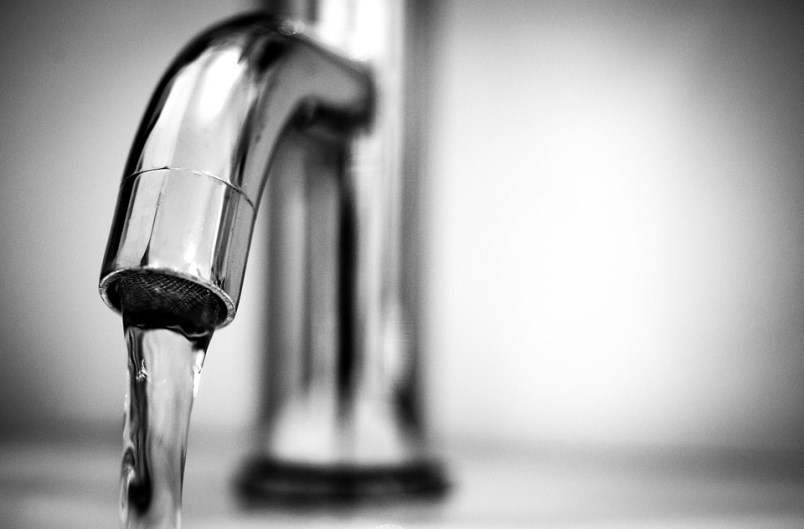HUMBOLDT — In the fall of 2021, 45 Humboldt homeowners of century-old properties participated in a city initiative to test for lead – but that doesn’t necessarily mean renters were told the results.
These numbers were discussed at Humboldt council during their regular meeting on Jan. 24, where council voted on expanding the program for a further two-year term testing 622 century-old properties.
All affected property owners from the 2021 testing were notified of the results along with information about guidelines, contact information to discuss full replacement of the pipe as well as noting that filters exist to address the issue in the short term. However, the homeowner is not obligated to inform the person living there.
Michael Behiel, Humboldt’s mayor, said the city is limited by confidentiality with what they can share to Humboldt residents who rent.
“The first step that I would recommend is that they talk with their landlord,” Behiel said.
“This is where there’s going to have to be some weighing of health and safety versus the privacy issues because we definitely don’t want anybody suffering from any of those consequences.”
If the landlord does provide writing indicating whether the property does or does not have lead pipes, Behiel said city hall would be able to confirm.
“They have to weigh their safety over what’s best, whether that means moving or whether that means approaching the Public Health department saying, ‘Hey, I’m in an unsafe place to live.’ Because their moving is going to cause someone else to move in.”
In 2021, a total of 58 property owners on Ninth Street from Eight Avenue to 12th Avenue were invited to participate. Of them, 45 (77.6 per cent) homeowners sent in samples, and 11 (24.4 per cent) were noted to have lead levels in excess of Health Canada’s Maximum Acceptance Concentration (MAC) guideline of 0.005 mg/L.
Of the locations tested, only one property participated in a full replacement with the city. In addition, one property had the public side replaced but did not replace the private side.
The city offered a reimbursement of up to $750 to a property owner upon the replacement of a portion of a lead water service.
This two-year extension voted on in January will include all century-old locations at a cost of approximately $22,000 per year, and staff is authorized to explore lead service remedial action policies for council consideration.
According to administration, staff are now anticipating that there are likely more lead water services that exist in the network that staff are unaware of based upon what they have found in the initial profiling. The results from this past year suggest that the water mains over a hundred years likely have a portion of lead water service to the properties in the ground which may not be visible without excavation. This section may be on the city side (public) or private side.
In a 2021 interview, Peter Bergquist, Humboldt’s director of public works and utilities, said the issue isn’t the water itself, which comes from the Â鶹´«Ã½AV Saskatchewan River and delivered through a SaskWater pipeline, but the lines.
“The primary issue isn’t the water, our source of water, our quality of water. It’s what happens when the water sits in the service pipes,” Bergquist said. “The service pipes to the house are the primary concern.”
He explained that when water sits stagnant in lead pipes, it picks up the lead particles.
“Let’s say after you go to bed and you wake up and the water sits stagnant in the house pipe, that’s where the lead can leach out.”
Bergquist said a way a user with lead piping can reduce this exposure is by running the tap until the water is cool. This results in the water coming straight from the city water lines rather than the household piping where it may be sitting.




